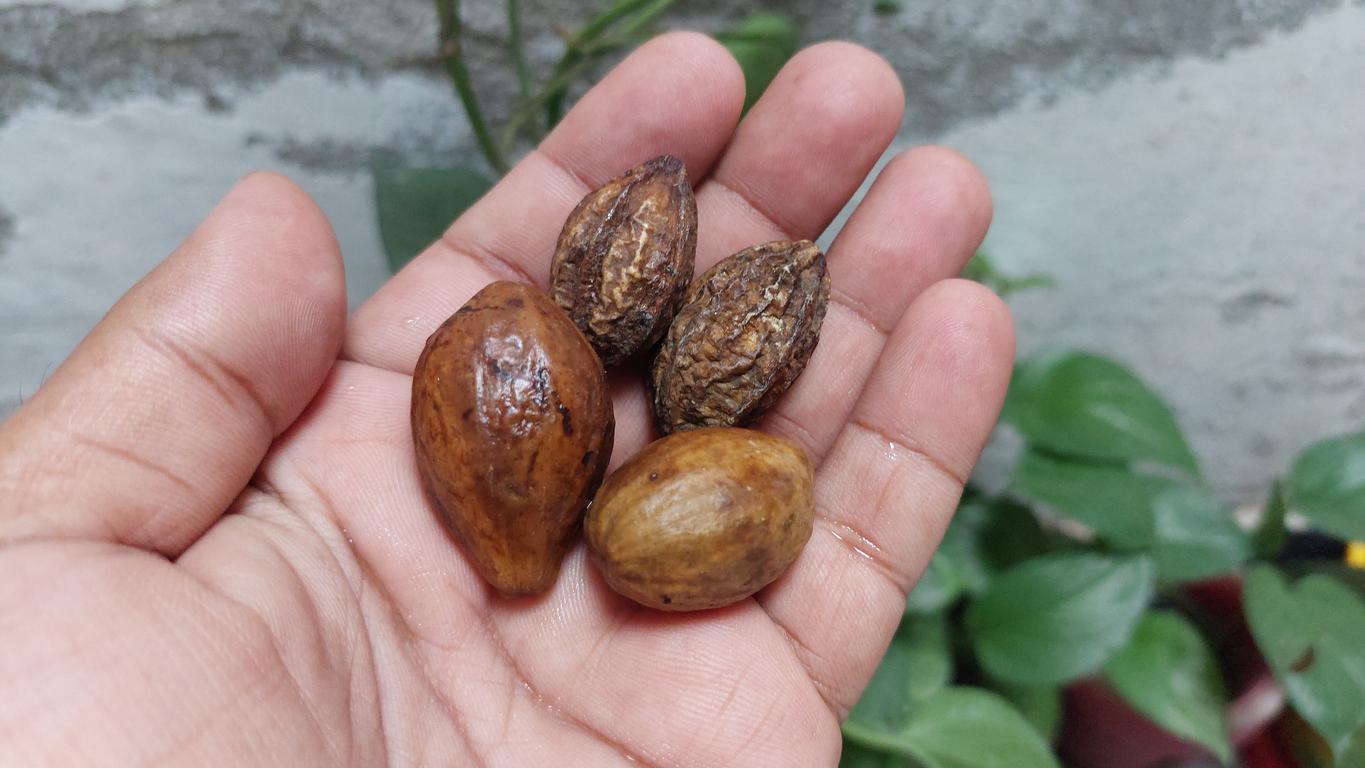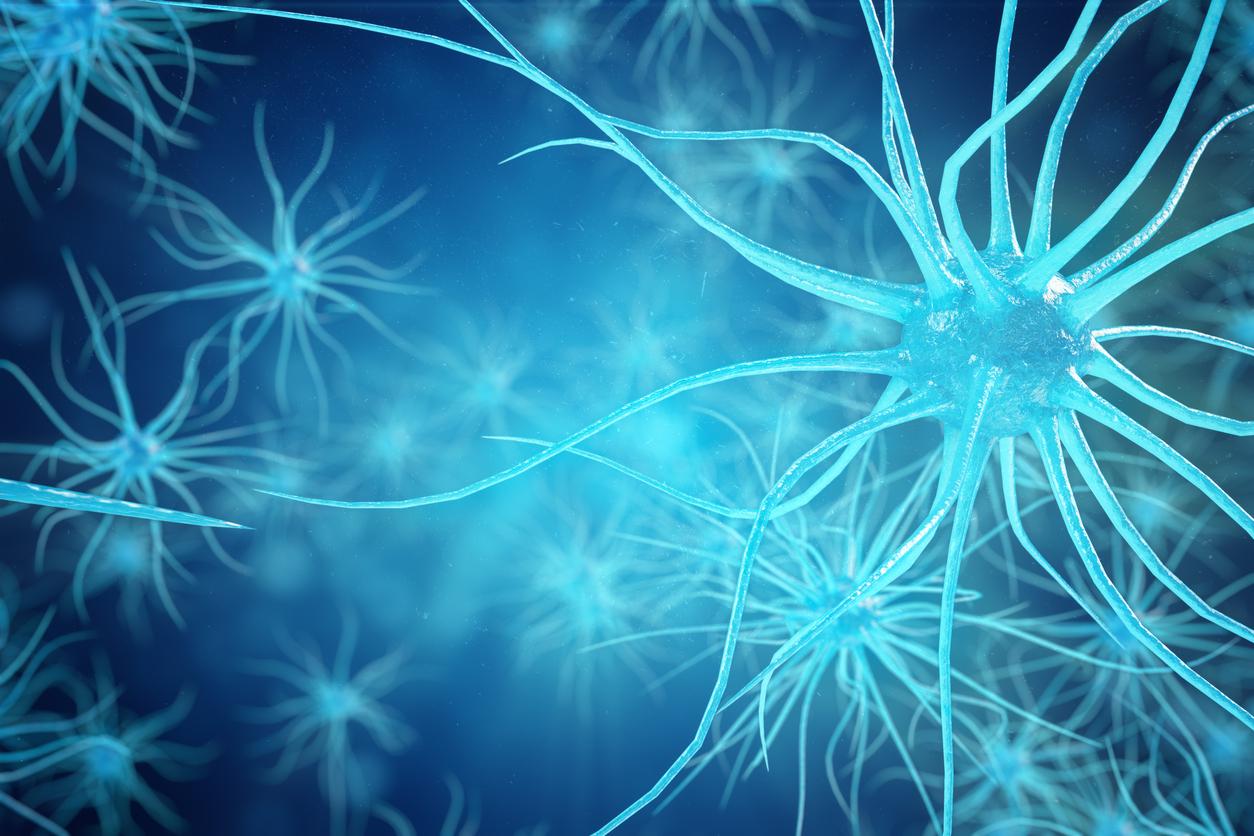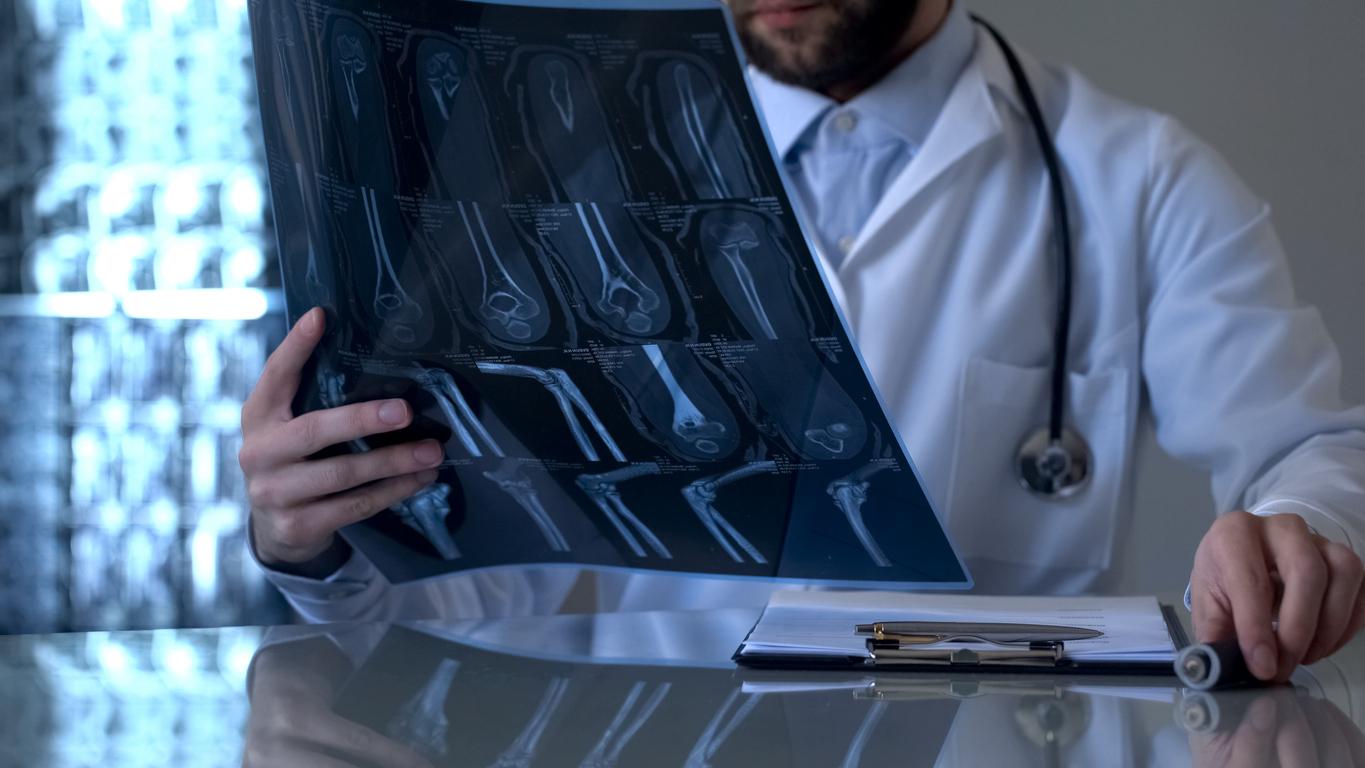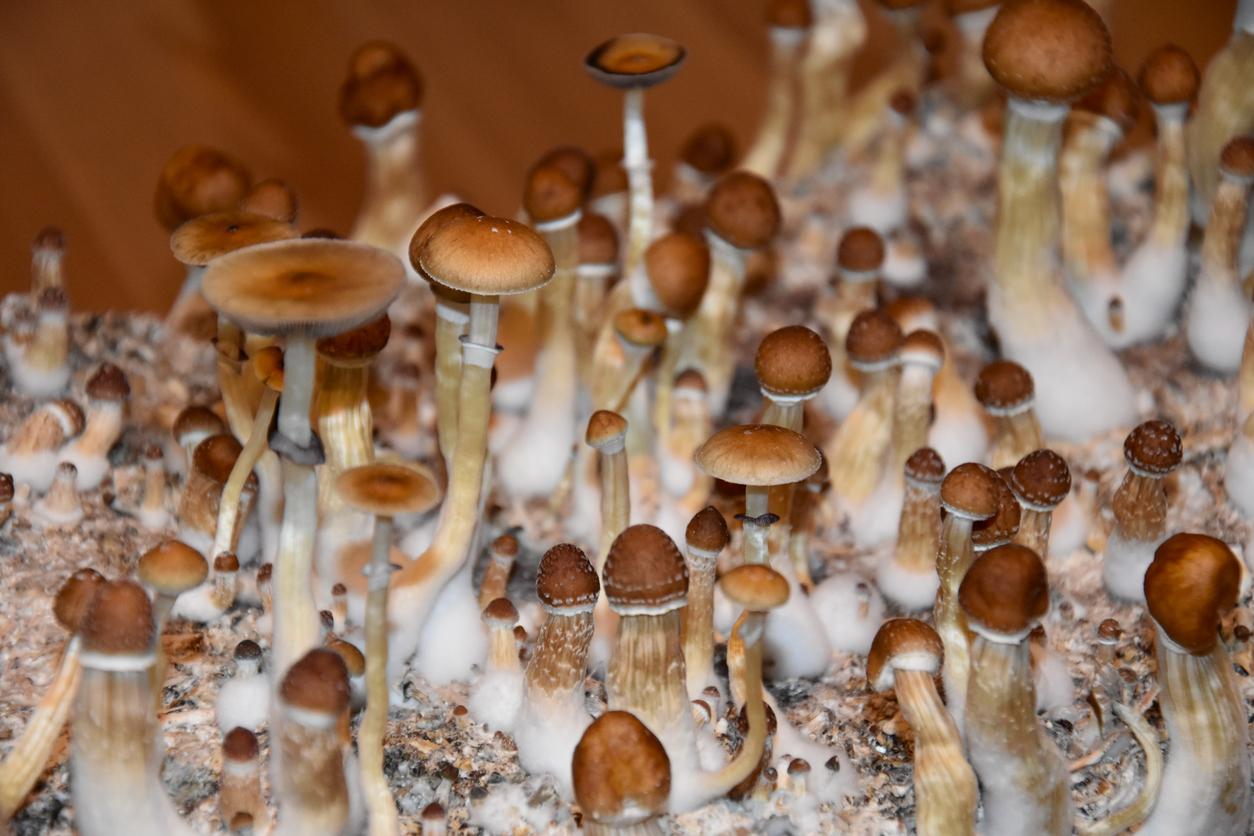Marketed by the Biogen laboratory, Spinraza® (nusinersen) is a drug intended to treat certain forms ofspinal muscular atrophy infant, a genetic disease rare which is characterized by degeneration of the motor neurons, leading to atrophy of the muscles of the four limbs. It is estimated that the number of people affected by this disease is between one in 6,000 and one in 10,000 births.
There are several types of SMA (including 3 infantile). But the Spinraza has been rated for two of them (Types I and II) which are the earliest diagnosed and most serious as they affect lifespan.
- Type I, called Werdnig-Hoffmann disease or severe infantile spinal muscular atrophy,
appears before the age of 6 months and is characterized by the absence of acquisition of the sitting position
and a life expectancy of less than 2 years in the absence of assisted ventilation.
- Type II, or Intermediate infant SMA, occurs at 6 to 18 months of age and is characterized
in particular by the absence of acquisition of walking. The first manifestations are characterized by the arrest of motor development which will undergo a regression during the
time with the loss of some acquired abilities.
The most expensive medicine in history
If the HAS decides that this drug has a real interest in prolonging the survival of patients, the Economic Committee for Health Products will have to negotiate with the laboratory a price opening “common law” access to the drug. And this is where Spinraza could well become the most expensive drug in history, because the Biogen laboratory estimates its cost at 500,000 euros in the first year of treatment and 250,000 euros in subsequent years.
“This raises the question of the acceptability of such a level of expenditure linked to the cost of treatment alone, compared to the other cost items already borne by the community, and moreover of the sustainability of these expenditures” emphasizes the HAS in its efficiency opinion of the drug before recalling that 5 other molecules are under development.
Read also :
At 8, he writes to a laboratory to ask for the price of a drug to be lowered
Rare diseases: drugs are the main constraint


















